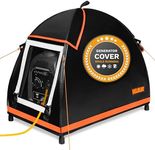Buying Guide for the Best Rated Inverter Generators
When it comes to choosing a rated inverter generator, it's important to understand the key specifications that will determine how well the generator will meet your needs. Inverter generators are known for their efficiency, quiet operation, and ability to produce clean power, making them ideal for sensitive electronics and various applications. To make an informed decision, you should consider several key specifications and how they align with your intended use.Power Output (Wattage)Power output, measured in watts, indicates how much electrical power the generator can produce. This is crucial because it determines what and how many devices you can run simultaneously. Inverter generators typically range from 1,000 to 4,000 watts. For light use, such as charging small electronics or running a few lights, a generator with 1,000 to 2,000 watts may suffice. For more demanding applications, like running multiple appliances or power tools, you might need 3,000 to 4,000 watts. Assess your power needs by adding up the wattage of all the devices you plan to use at the same time.
RuntimeRuntime refers to how long the generator can operate on a full tank of fuel. This is important for planning how often you will need to refuel, especially during extended use. Inverter generators typically offer runtimes ranging from 4 to 12 hours. If you need a generator for short, intermittent use, a shorter runtime may be acceptable. However, for longer periods of use, such as overnight or during a power outage, a longer runtime will be more convenient and reduce the frequency of refueling. Consider your typical usage duration to determine the appropriate runtime.
Noise LevelNoise level, measured in decibels (dB), indicates how loud the generator will be during operation. This is particularly important if you plan to use the generator in a residential area, campsite, or any place where noise could be a concern. Inverter generators are generally quieter than traditional generators, with noise levels ranging from 50 to 70 dB. For comparison, a normal conversation is about 60 dB. If quiet operation is a priority, look for models with noise levels below 60 dB. Consider where and when you will be using the generator to determine the acceptable noise level.
PortabilityPortability refers to how easy it is to move and transport the generator. This is important if you need to frequently move the generator between locations or if you have limited storage space. Inverter generators are typically more compact and lighter than traditional generators, with weights ranging from 30 to 100 pounds. For occasional use or if you need to carry the generator by hand, a lighter model (30-50 pounds) may be more suitable. For more stationary use or if you have assistance with moving, a heavier model (50-100 pounds) may be acceptable. Consider how often and where you will need to move the generator to determine the right level of portability.
Fuel TypeFuel type indicates what kind of fuel the generator uses to operate. Common fuel types for inverter generators include gasoline, propane, and dual-fuel (gasoline and propane). Gasoline is widely available and provides good power output, but it has a shorter shelf life. Propane is cleaner burning and has a longer shelf life, but it may provide slightly less power. Dual-fuel generators offer the flexibility to switch between gasoline and propane, providing the benefits of both. Consider the availability and convenience of fuel sources in your area, as well as your preference for fuel storage and handling, to choose the right fuel type for your needs.
THD (Total Harmonic Distortion)Total Harmonic Distortion (THD) measures the quality of the electrical output from the generator. Lower THD means cleaner power, which is important for sensitive electronics like laptops, smartphones, and medical devices. Inverter generators typically have THD levels below 3%, which is considered safe for most electronics. If you plan to power sensitive devices, look for a generator with a THD of 3% or lower. For less sensitive applications, such as power tools or appliances, a slightly higher THD may be acceptable. Consider the types of devices you will be powering to determine the appropriate THD level.
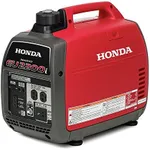

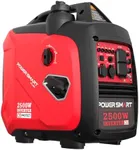

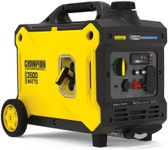

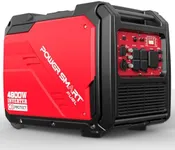
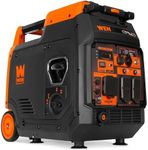
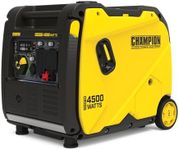

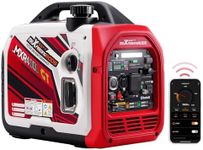


![[Upgraded Version] ALLPOWERS S2000 Portable Power Station 2000W (Peak 4000W) MPPT Solar Generator 1500Wh Backup Battery with 4 AC Outlets for Outdoor Camping RV Emergency Off-Grid](https://images-proxy.bestreviews.guide/YtTaRg6uNv-LaNq9_7sPyzjq62s=/0x150/https://m.media-amazon.com/images/I/31g7wSEKaOL._AC_CX679_.jpg)

